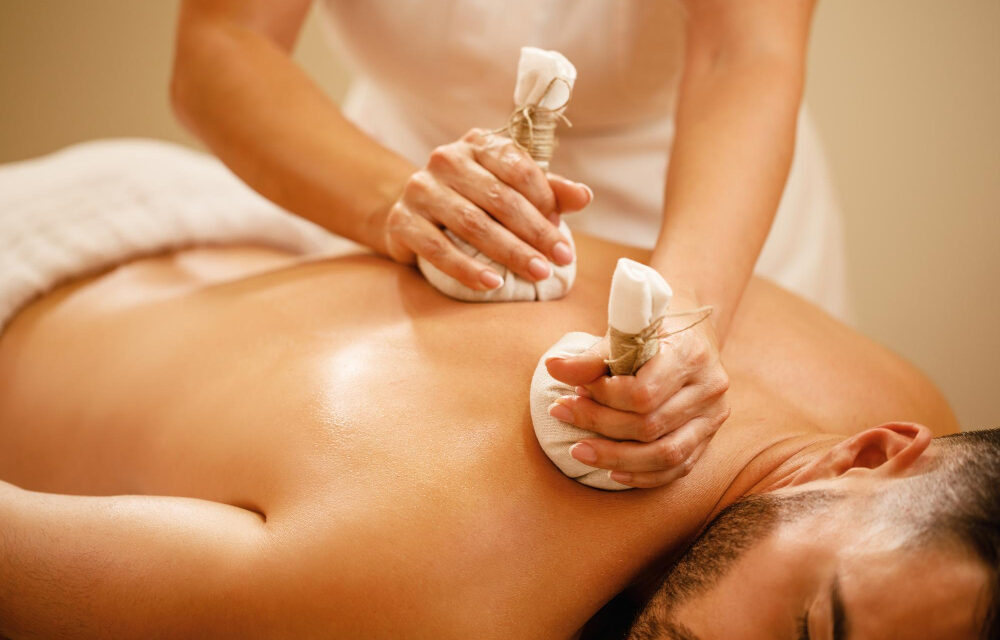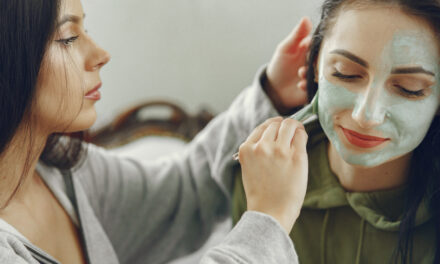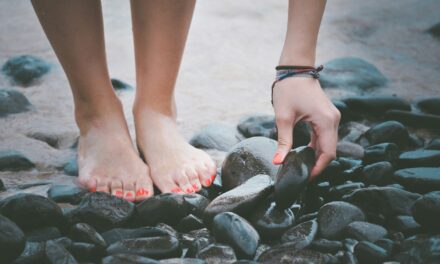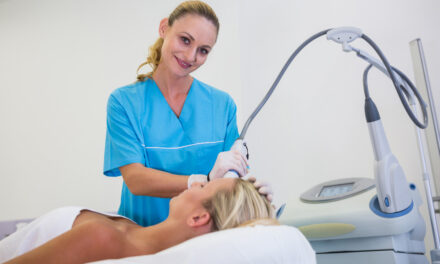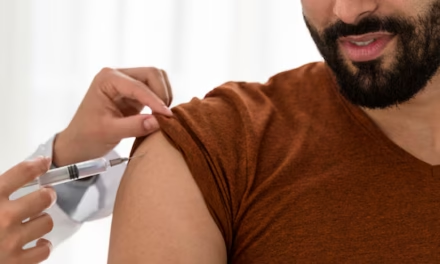Ayurveda treats people differently. Not only does it heal the body, but it believes in curing the soul and mind as well. Ayurveda treatments opine that every human has a unique phenomenon that is manifested through five basic elements – earth, air water, fire, and earth. When a person falls ill, it is assumed there is a problem in the prakriti dosha. But this doshic balance can be retrieved by Ayurveda Panchakarma in the UK.
Let us explore in the following article some Ayurveda Treatments entailed in the Panchakarma process.
Panchakarma Treatments for Total Detox
In this section of the article, we shall be exploring some most effective panchakarma treatments.
1. Snehan
This Ayurveda treatment in Panchakarma treatment is an oil massage that helps in clearing the toxins accumulated in the gastrointestinal tract. Snehan oil massage also makes superficial and deep tissue soft which helps in reducing stress and nourishes your skin.
It is advisable to go for this treatment every three to seven days or as directed by your practitioner.
2. Swedana
Ayurveda Panchakarma UK seeks advice from the roots of Ashtanga Hridyam offering an oleation stream to the recipients. This Ayurveda treatment is a sweating therapy and is employed for effective dislodging and liquefying of toxins.
The novelty of Swedana helps the body’s channel to widen, which enables the ama to flow back to the GI tract, thus improving circulation. As per Ayurveda, heat is great for balancing the vayu and kapha and controlling the stickiness of the ama.
3. Dhanavanthari
Ayurveda Panchakarma in the UK majorly focuses on detoxification and purification of blood. This Ayurvedic treatment majorly concentrates on holding a leech or jalauka in hand. This implies bloodletting procedures and is a prominent cleansing therapy.
4. Udvardhanam
This is a special whole-body treatment and is also known as the powder massage. A collaborative approach of two Ayurvedic practitioners synchronously uses herbs in the patient’s skin. The powerful movements stimulate the metabolism and also boost circulation.
This Ayurveda Panchakarma in the UK is most effective for fixing digestive issues and obesity, curing skin conditions and helping in lowering blood pressure. The therapy continues for 30- 45 minutes.
5. Kasheera Dhoomam
Another stream of Swedana, this treatment forms the classic Ayurveda treatment. Based on a herbal medicine, the practitioner first makes a concoction of different herbs. The mixture is then added to milk and heated to a certain point. The resulting stream is directed through the pipe near the affected areas.
To comply with this treatment, 2 therapists are needed – one who mixes, and the other who infuses the smoke. This Ayurveda treatment helps in fixing paralysis affecting the face or body, neurological problems, neck stiffness, lumbago, back problems, gout, arthritis, swelling in the knee joint, herpes, and skin conditions.
6. Chavutti Thirumal
This term traces back to the meaning of foot massage and is almost a 1000-year-old treatment. The therapist begins by laying down the recipient on the floor and treats the body with powerful and harmoniously flowing movements.
The speciality of this treatment includes the “free foot” style of massage. The practitioner stands at the back of the recipient and massages the body from head to toe. The therapist works on the internal organs and the deep muscle layers. Chavitti Thirumal continues for 45 minutes, requires only one practitioner, and helps in relaxing extremely tensed muscles.
7. Vasthi
A crucial step of the Ayurveda treatment, this is done with the help of enema and herbal oils. The practitioners prepare a medicinal enema and help in restoring the natural balance of the body.
This treatment continues for 15-40 minutes and helps with arthritis, hemiplegia, numbness in the limbs, gastric complaints, rheumatism chronic constipation, and lower back pain.
8. Virechan or the purgation therapy
When excess bile or pitta begins secreting and accumulates in the gallbladder, liver, or small intestine, this therapy is needed. There is administration of the purgative substances in the body which helps with the clearing of the lower pathway.
The most common substances used for virechna include triphala, castor oil, senna or sona mukhi, aloe vera, bhumi amlaki, black sesame seeds, yellow thistle, and cow urine. This is a part of the 3-day progress of the panchakarma process.
9. Basti
This principle is primarily associated with pathogenesis (disease) for controlling vata through the use of basti. This treatment is known for displaying the force behind the elimination and retention of faeces, urine, bile, and other excreta.
The procedure shows the best results in early morning or evening. You should have an empty stomach, with almost a gap of three hours after having the last meal. Make sure the environment is comfortable and clean. An area where you can lie down near a toilet is best.
Conclusion
Ayurveda as a discipline is an herbalist method of eliminating all the toxins from the body. In the process of bringing holistic well-being, several Ayurveda treatments are applied to the recipient. Each treatment is unique, serving different purposes. The informative listicle will help you to gain insights and know the true spirit of this ancient treatment.

